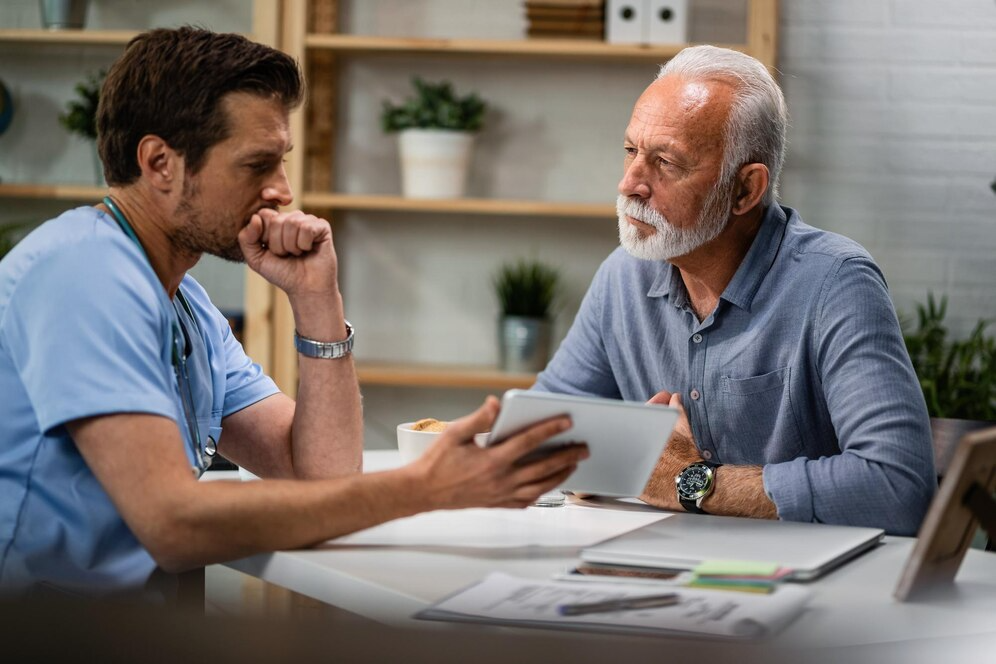Ligament Injuries
Patellar tendinitis, or weakness of the tendon that connects the kneecap to the leg, is one of the most common ligament injuries. It can occur in people of all ages but is most commonly seen in adults aged 25 to 44. The condition can cause pain and limited motion at the knee joint and is often accompanied by swelling and redness. Treatment typically involves icing and rest but may also require surgery if the injury is severe.
What are the common causes of ligament injuries for the Knee?
- Cruciate ligaments
- Collateral ligaments
One of the most often injured ligaments is the ACL. During a swift twisting motion, the ACL is frequently strained or torn. The knees bend in the opposite direction while the feet remain firmly planted in one direction. ACL injuries can result from improper jump landings or slow sprinting. Football, basketball, and skiing are three sports where ACL injuries are more likely to occur.
Another typical ligament to suffer damage in the knee is the PCL. However, a PCL injury happens after a swift, direct blow, either in a vehicle accident or during a football tackle.
MCL injuries occur more frequently than LCL injuries. A strike outside the typical results in stretch and tear injuries to the collateral ligaments. You could experience this while playing football or hockey.
What is the purpose of ligament for the knee?
The most common injuries to the knee are ligament injuries. They can cause pain and disability in the knee. Ligaments are important connective tissues that keep the joints together. When they get injured, they can tear, which can cause pain and inflammation in the joint. This is why it is important to have a knee surgeon check into ligament injuries if you experience any symptoms such as swelling or redness.
Treatment plans for ligament injuries
- Rest the knee Donot strain your knee if it’s painful. You need to use crutches for a time.
- Ice your knee To reduce the pain and swelling, ice your knee for 20 to 30 mins every three to four hours. Maintain this for two to three days or until the swelling has subsided.
- Compress your knee Keep an elastic bandage, straps or sleeves on your knee to control swelling
- Raise your knee When you’re seated or sleeping down, raise your knee on a pillow.
- Wear a knee brace Wear a knee brace to keep the knee stable and prevent additional harm.
- Utilize inflammatory pain relievers.
- Exercises for strengthening and stretching should be done.
Good physician treats the disease
Dr Sunil M C has years of experience dealing with knee problems. He is a skilled knee surgeon who diagnoses and treats a wide range of knee problems, both acute and persistent, using cutting-edge orthopedic medical procedures. He strives to offer the best & consistent patient care services; some treatments and procedures include revision knee replacement, total knee replacement, partial knee replacement, knee ligament injuries repair, pelvic acetabular fractures fixation, revision hip replacement, and total and partial hip replacement surgery.
Service Recipient Says

The team guided me through every step of my hip replacement. The surgery was a success, and my recovery has been smooth. I couldn’t be more grateful.
"Exceptional Care and Results" Revanth T
From my first consultation to post-op care, the professionalism and expertise were evident. My shoulder surgery went flawlessly, and I’m back to full strength.
"Highly Skilled Surgeons" Praveen M






After years of knee pain, the surgery gave me a new lease on life. The care I received was exceptional, and I’m now back to my favorite activities pain-free.
"Life Changing Surgery" Shivangi T